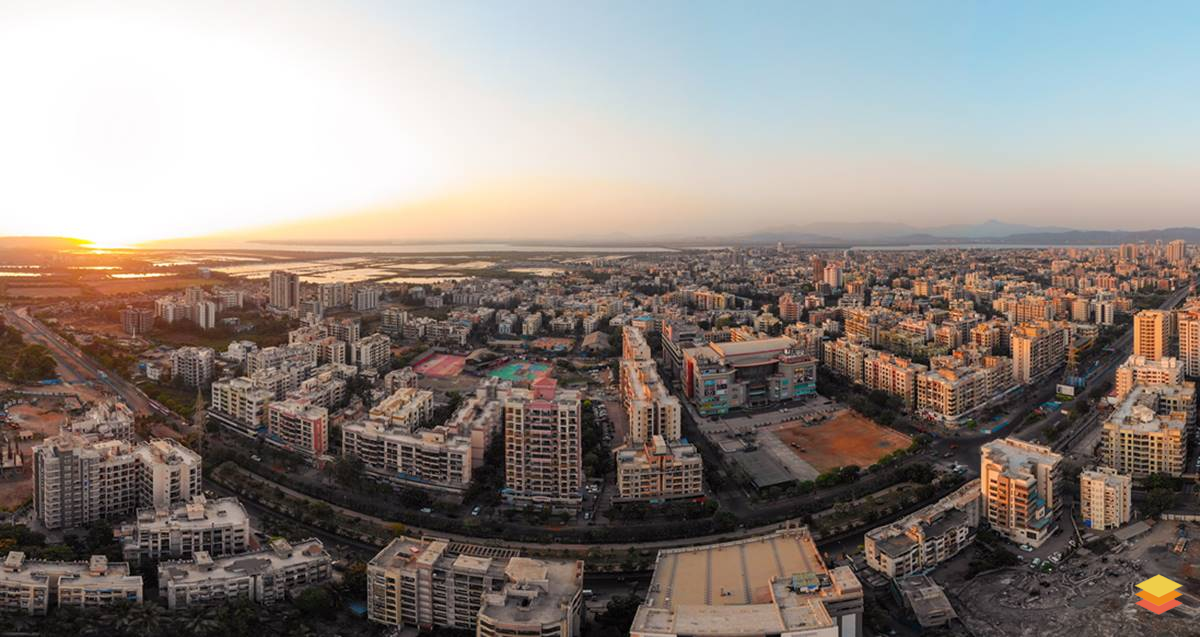18. November 2024
MBC TEAM

Mira Bhayander, comprising Mira Road and Bhayander, is a bustling urban area nestled in the northern suburbs of Mumbai, India. Known for its blend of residential growth, commercial opportunities, and cultural heritage, the region has become a hotspot for families, businesses, and tourists alike. In this blog, we delve into Mira Road’s attractions, its rich history, and the facilities available for its citizens.
What is Mira Bhayander famous for?
Mira Bhayander has gained popularity for several reasons, making it a sought-after destination for people from all walks of life:
- Residential Hub: Mira Road is renowned as a residential hotspot, with numerous housing complexes and gated communities. Affordable real estate and proximity to Mumbai have made it a prime choice for middle-class families.
- Shopping and Dining: The area is home to several shopping malls, local markets, and street food joints. For example, Thakur Mall and Dmart are popular for shopping, while street food delights like vada pav and pani puri make it a foodie’s paradise.
- Cultural and Religious Diversity:Mira Road boasts a mix of communities, with temples, mosques, and churches coexisting harmoniously. Al Shams Jamah Masjid, Shree Hanuman Mandir and Our Lady of Nazareth Church are well-known places of worship that attract locals and visitors alike.
- Nature and Recreational Spots: Despite urbanization, Mira Road maintains its natural charm with green spaces and water bodies. Parks and recreational areas like Maxus Mall and Essel World, located nearby, are family favorites.
History of Mira Road and Bhayander
The history of Mira Bhayander is intertwined with its evolution from a sleepy village to a bustling township.
Ancient Origins
Mira Road and Bhayander were originally small villages with agrarian roots. The name "Mira" is believed to derive from the Mira-Bhayander Salt Pans, which were a significant part of the local economy during the British era.
Colonial Influence
During British rule, Bhayander became known for its railway connectivity. The construction of the Western Railway Line was a turning point, transforming the area into a transit hub.
Post-Independence Development
Post-independence, Mira Road and Bhayander saw rapid urbanization. With the expansion of Mumbai’s suburbs, the 1980s marked a shift in land use from agriculture to residential and commercial projects. Today, the area is governed by the Mira-Bhayander Municipal Corporation (MBMC), which oversees its development and infrastructure.
Facilities for Citizens
Mira Bhayander offers a range of modern amenities and facilities, making it an ideal place to live and work:
Education
The area boasts numerous reputed schools and colleges, including RBK Global School, NL Dalmia Institute of Management Studies, and Don Bosco High School.
Healthcare
Well-equipped hospitals like Wockhardt Hospital, Bhaktivedanta and Thunga Hospital cater to the healthcare needs of residents, ensuring quality medical services.
Transport and Connectivity
Mira Bhayander benefits from excellent connectivity:
- Railway: The Western Railway line connects it to Mumbai, with Mira Road and Bhayander stations serving as major hubs.
- Roadways: The Mumbai-Ahmedabad Highway ensures seamless travel to nearby cities.
- Metro Line Expansion: The upcoming metro project promises even better connectivity with Mumbai.
Civic Amenities
The Mira-Bhayander Municipal Corporation provides efficient waste management, water supply, and public services. Parks, libraries, and community halls are also accessible to residents.
Entertainment and Leisure
Apart from shopping malls, Mira Bhayander has multiplexes, gyms, and fitness centers, catering to the lifestyle needs of its diverse population.
